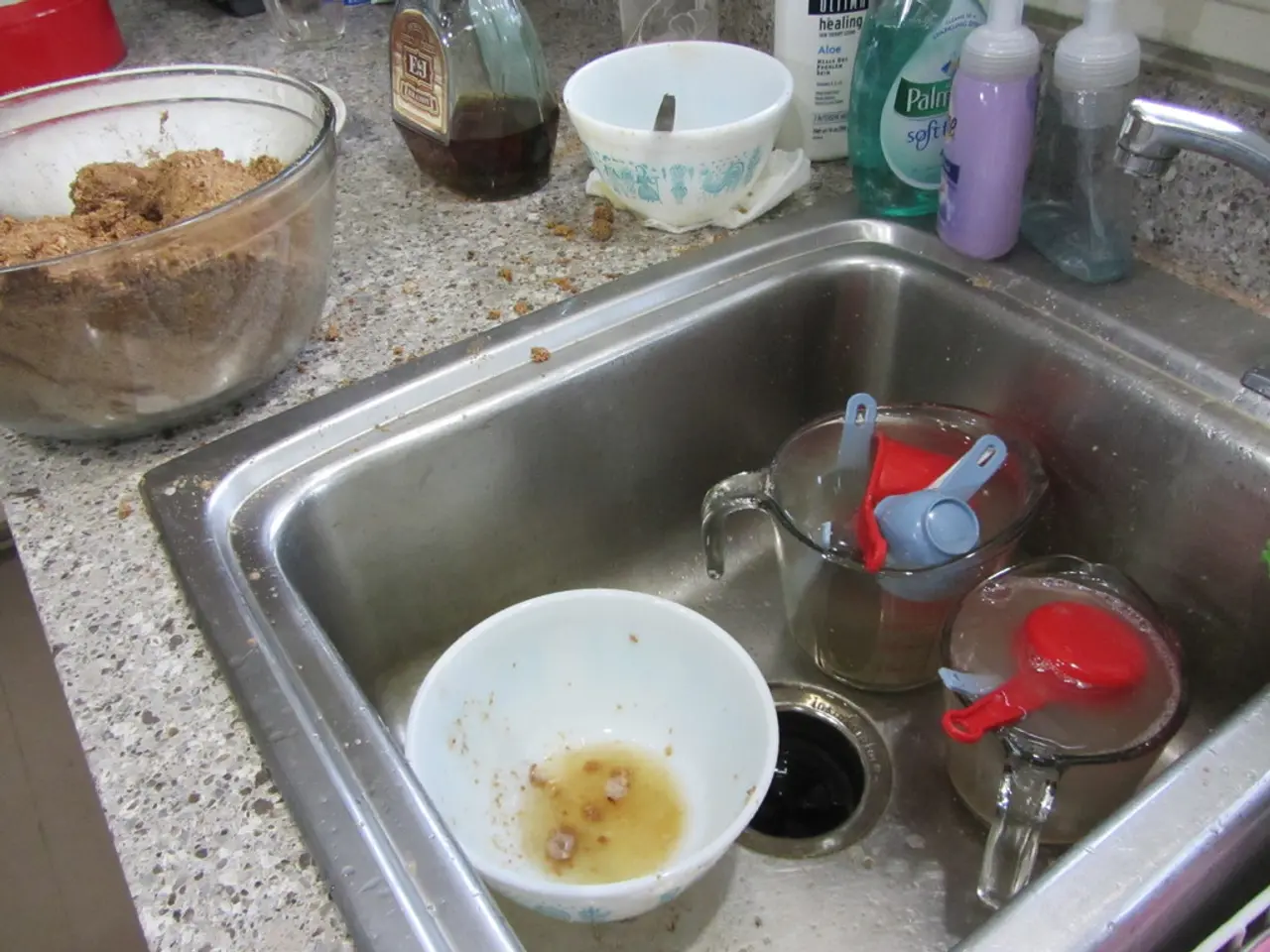Effective Cleaning and Sanitizing Methods Throughout the COVID-19 Crisis
The Centers for Disease Control and Prevention (CDC) and the Environmental Protection Agency (EPA) have both released new documents offering guidance on cleaning and disinfecting strategies to reduce the risk of COVID-19 transmission.
The CDC's New Science Brief
According to the CDC, the risk of catching COVID-19 by touching a contaminated surface is low. However, cleaning surfaces is particularly important if there is a known or suspected case of COVID-19 in the household or if there are especially vulnerable individuals living there.
The new CDC science brief, titled "Cleaning and Disinfecting: Best Practices During the COVID-19 Pandemic (pdf)", offers detailed information on effective practices for cleaning and disinfecting during the pandemic.
The EPA's New Factsheet
The EPA has also released a new factsheet related to cleaning and disinfecting during the COVID-19 pandemic. The EPA's new factsheet provides best practices and tips for cleaning and disinfecting during the pandemic.
The EPA's new factsheet includes tips for using EPA-certified disinfectants that contain safer active ingredients like hydrogen peroxide, ethanol, or citric acid. It also advises against products with quaternary ammoniums (Quats) like benzalkonium chloride and ammonium chloride.
The EPA's new factsheet provides detailed information on the steps to effectively clean and disinfect surfaces.
General Guidelines
- Prioritize vulnerable situations: Cleaning surfaces is particularly important if there is a known or suspected case of COVID-19 in the household or if there are especially vulnerable individuals living there.
Detailed Disinfection Steps
- Clean Before Disinfecting: Remove visible dirt, grime, or food particles from surfaces using non-toxic cleaners. Organic material can reduce the effectiveness of disinfectants.
- Apply Disinfectant Thoroughly: Use a spray from 6-8 inches away to ensure even coverage. The surface should appear visibly wet but not pooling.
- Allow Proper Dwell Time: Follow the product's specified contact time. For some products, this may be as short as 1 minute (e.g., for many viruses) or longer for others (e.g., 5 minutes for Norovirus).
- Wipe or Air Dry: Follow product instructions. Some products require wiping after the dwell time, while others can air dry. Rinsing with potable water is necessary for surfaces that come into contact with food.
Additional Measures
- Ventilation and Personal Protection: Always pair cleaning with adequate ventilation, wearing a mask, physical distancing, and vaccination to maximize protection against COVID-19.
- Hand Hygiene: Regular soap and water are effective for hand washing, or use an alcohol-based sanitizer with at least 60% ethanol when soap and water are not available.
These practices are essential for reducing the risk of COVID-19 transmission during the pandemic. By following these guidelines, individuals can help protect themselves and others from the virus.
The CDC's new science brief on cleaning and disinfecting during the COVID-19 pandemic emphasizes the importance of mental health, advocating for prioritization of vulnerable situations such as known or suspected COVID-19 cases in households or those with mental health issues.
The EPA's new factsheet, in addition to providing tips for effective cleaning and disinfecting, recommends nutritious diets and fitness-and-exercise regimes as holistic measures for enhancing overall health-and-wellness and boosting the immune system, thus offering better resistance against COVID-19.
Therapies-and-treatments such as counseling or stress management sessions can also be utilized to manage anxiety and stress related to the pandemic, contributing to improved mental health and well-being. Ensuring proper nutrition, physical fitness, and mental health care bolsters the body's defenses against COVID-19, making it a comprehensive approach towards prevention and protection.




